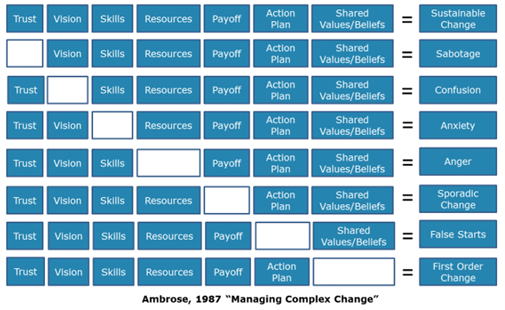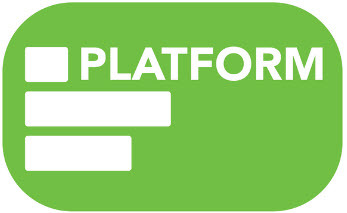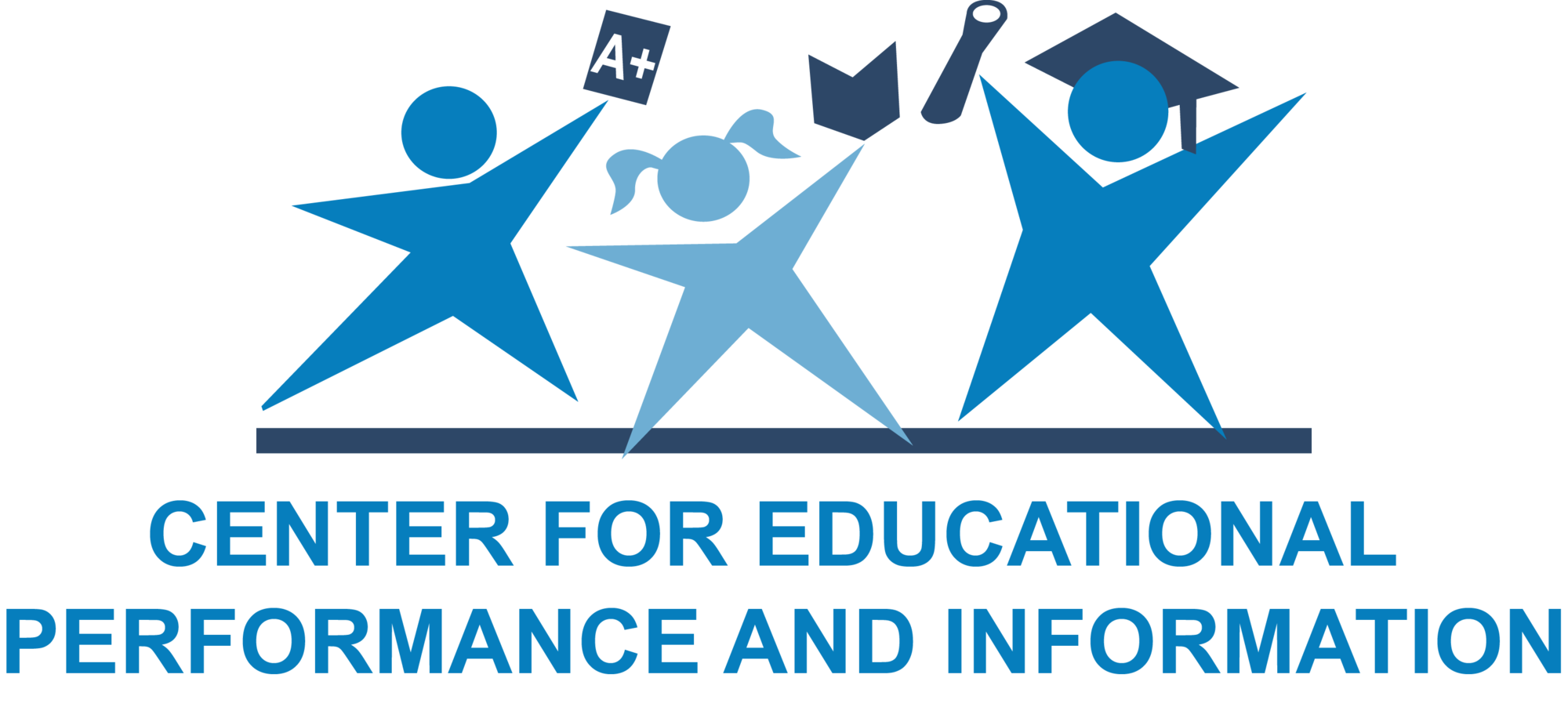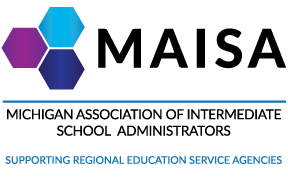May 6, 2021 MICIP Continuous Communication
Michigan Department of Education sent this bulletin at 05/06/2021 04:00 PM EDT |
|
Having trouble viewing this email? View it as a Web page. |
In this issue of MICIP Continuous Communication
This issue of MICIP Continuous Communication includes more information about the change process, information about updated Professional Learning Bites available on the MICIP web page, and information about using Data Set Templates for continuous improvement!
Engaging in Continuous Improvement – Understanding Levels of Change
As mentioned in the Managing Change article in the April 22 issue of Continuous Communication, the continuous improvement process is a change process.
However, it is important to note that not all change is of the same magnitude, and some changes have greater implications than others for various stakeholders. Before implementing changes that result from the Continuous Improvement Plan, it is important to recognize the level of change the plan calls for.
Anticipating the response to the change and designing activities to help accommodate the change can go far in ensuring its success.
Change theorists have suggested that there are two levels of change: first order change and second order change.
- First order change is characterized by modifications of past practice within existing paradigms and implemented with existing knowledge and skills. It might also be thought of as doing work in new ways resulting from “in-the-box” thinking.
- Second order change, also known as sustainable change, is characterized by a break with past practice and working outside of the existing paradigms. To implement such change requires new knowledge and skills. It might also be thought of as doing new work resulting from “out-of-the-box” thinking.
An example of first order change might include moving to 90-minute teaching blocks while simply doing the same thing as a 45-minute block but for twice as long; sustainable (second order) change would be using the teaching blocks for a different kind of learning such as projects and collaborative groups.
It is important to recognize which changes are of which order.
Recognizing the difference can help leaders select practices that are appropriate for the stakeholders who will be implementing them and generally results in more sustainable efforts and a positive outcome. On the other hand, a negative impact will likely result if we use first order change when second order change is needed or if we assume that both types of changes have the same impact.
And as previously noted, it is critical to intentionally plan for addressing the impact the change will have on both the organization and on the people involved.
In Managing Complex Change, Ambrose has identified seven elements of change as noted across the top row of the chart below. The belief is that if all elements are in place, second order, or sustainable, change will result, as indicated by the first row. If one of the elements is missing as represented by the open box, other results may occur.

As your continuous improvement team designs your plan, you might consider a past continuous improvement initiative that was not successful.
- What kind of change might have been called for?
- Which of the elements might have been missing and may have caused the lack of success?
- As you think about your new or adjusted plan, what kinds of activities might be written into the plan to increase chances that changes called for in a Continuous Improvement Plan will be successful?
Thanks to the Michigan Continuous Systems Improvement (Mi-CSI) Team for the information above. Look for a toolkit in the near future containing more information and tools to facilitate a conversation around change.
 MICIP Web Site Update – Professional Learning
MICIP Web Site Update – Professional Learning
The April 22 Continuous Communication contained an article regarding “Managing Change.” This article has now been turned into Learning Bite 10 and can be accessed from the MICIP Professional Learning page, MICIP Process, Overview & Setting the Stage, MICIP Professional Learning Bites.
The article above on Understanding Levels of Change will soon become Learning Bite 10A.
 Using Data Set Templates
Using Data Set Templates
A Data Set Template is a pre-built set of data that helps continuous improvement teams begin an area of inquiry when creating a data story. The intent of a data set template is to support and encourage best practices and streamline the efforts of local improvement teams, especially if they don’t know where to begin.
These data set templates built with various data objects are organized into three categories aligning to different broad areas of focus (Academic, Non-Academic, Systems). Each broad area of focus is broken down into sub-areas.
Each data set template will present a different set of data objects, or single data reports, related to the area of inquiry. Ideally each data set would include district data from each area of focus.
A local improvement team would review the data set and discuss if additional data is needed based on local needs, including adding building level data aligned to the district data already part of the template. A team should consider:
- Is there a need for additional assessment in some focus areas?
- How are data collected, stored, and analyzed?
- Is there a need for historical, trend or current data that was not suggested in the data set templates?
- Is there a need for school level data if the original data set template is primarily about district level data?
- To what extent does the data template reflect an equity lens having been used? What else might need to be considered?
91% of districts are authorized in MICIP!
Thank you for your input!
We are pleased to announce that 91% of districts are authorized in MICIP!
The MICIP platform helps districts with continuous improvement in assessing student needs, develop plans and coordinate funding. As more districts begin to use MICIP, they are thinking of ways to improve it.
Recent input solicited from various stakeholders revealed a need to look at ways to improve the current platform function, to enhance or expand current features, and to suggest new processes. The MICIP team will review this feedback and determine what to incorporate over the next few years based on timing, budget restraints and greatest needs.
As you begin to use MICIP, your feedback is valuable and greatly appreciated. Send us your ideas, suggestions, or concerns using the MICIP email (mde-micip@michigan.gov).
Please Share Continuous Communication
Please feel free to forward Continuous Communication to anyone you feel would like to receive information and updates about MICIP. To subscribe or unsubscribe, please click on this link.
Previous issues of MICIP Continuous Communication are available on the MICIP web page.
Feedback is Essential for Continuous Communication
Have a question, an idea, a suggestion, or a compliment? The MICIP team is always eager to hear your feedback! Send us an email using the MICIP email address (mde-micip@michigan.gov).



